Birders, primarily British birders or “twitchers”, often refer to their “patch”. A patch is a fairly small, personal birding location that one visits and revisits often. I’m not talking a few times a year. A genuine patch is walked several times a week so one develops an intimate knowledge of its fauna and flora.
The familiarity fostered by frequent visits adds a historical and seasonal dimension to your observations. That shrub is where a Carolina Wren often hides, and that fruit tree is where the Robin nests each year. Or that perch is where the Sharp-shinned Hawk sizes up the bird feeder and plans his surprise attack. The large oaks along the cove are where the Great Horned Owls calls many winter nights, the one that I have still not yet seen.
You learn the seasonal changes specific for your patch; when the Eastern Kingbird leaves and the Tree Swallows return. Are they early or late this year? Will the Martins use their house this year or find the apartments already occupied by the House Sparrows? You observe and learn the subtle behaviors of your common patch birds, enhancing your birding skills. The unexpected visitor or migrant may add some excitement, but this is usually low-key and quiet birding.
A patch may or may not be your yard. Its obviously best to choose a “birdy” location close to home with mixed vegetation, some low level shrubs and taller trees, some open space, and preferably a nearby fresh water source. It could be a local park but the highly pruned and manicured variety are not ideal. It may be nothing more than your tree-lined street with neighbors’ foundations plants. The goal is to find one close-by and convenient.
If your patch is your yard, as mine is, you have some unique advantages. You can plant bird-friendly flora and set out houses, feeders, and baths, strategically located to be visible from your windows. Your birding becomes informal and practically non-stop. You see the Osprey swoop down for a fish while you’re dining and the Chipping Sparrow greets you at the end of the driveway when you retrieve your newspaper each morning. These incidental sightings all add to your yearly patch-list growing on eBird. Mine just hit 100 species with the addition of a Golden-crowned Kinglet and Yellow Warbler this fall. For me the record-keeping is part of the joy of patch birding. My first entry was a Red-breasted Merganser in April 1996.
When we bought our building lot in 1995 it clearly had potential, but needed some work to become a patch. The land was a subdivided farm on a tidal tributary of the Chesapeake Bay. It was mainly a grass field with just a few large Oaks and Honey Locusts at the water’s edge. The shoreline was caving in and receding, silting the bay. There were few submerged grasses. I did see some wading birds, Killdeer, and a hunting Northern Harrier at the site, but passerines were virtually absent.
Twenty year of management have transformed the lot into a birdy patch. Even before building we planted 25 sizable Loblolly Pines and a hedgerow of 300 sapling Red Cedar, Pine, Russian Olive, and Black Cherry trees along the property line. We later added Red and Silver Maples, River Birch, Weeping Willow, Willow Oak, Sycamore, Crape Myrtles, and flowering Crab Apple trees. Happily there is a fresh water pond at the nearby neighbors. We’ve let the grass grow high, only keeping a manicured lawn close to the house. The shoreline has been stabilized with stone hauled in from Pennsylvania; there are no rocks on the Eastern Shore, well south of the last glacial advance. Salt water grasses have returned along with more wading birds. The Passerines have given us a vote of confidence and are back. Its been fun creating our patch.
The concept of patch birding was introduced to me by two British blogs I follow. One describes a patch within the city limits of London at Wanstead Flats and the other, a more rural patch at Hethersett in the county of Northfolk. Their websites are: http://www.iago80.wordpress.com and http://www.hethersettbirdingblog.wordpress.com. Visit them and be inspired to begin your own patch birding.

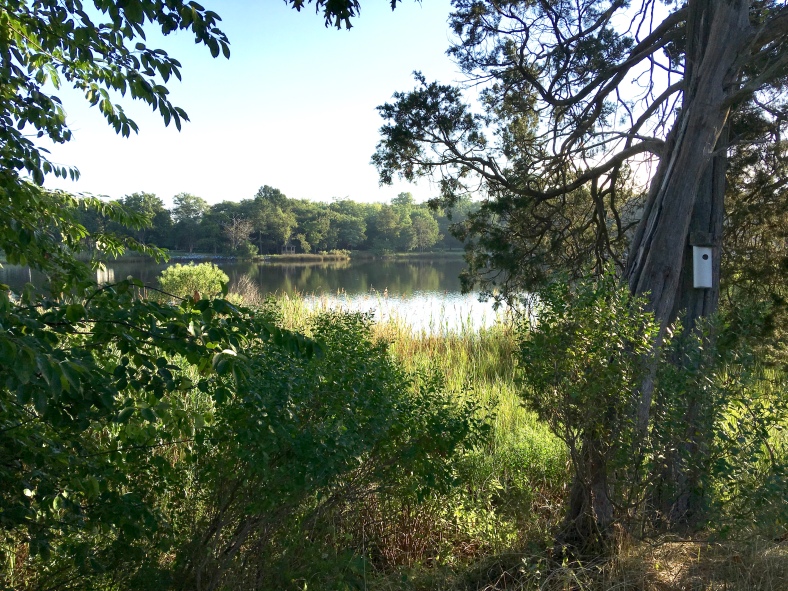
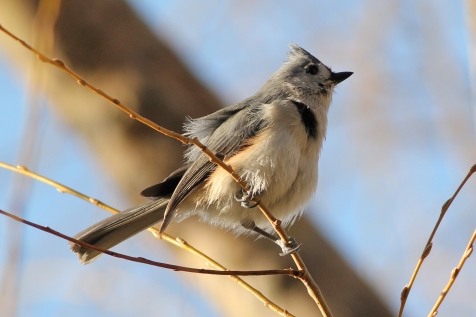

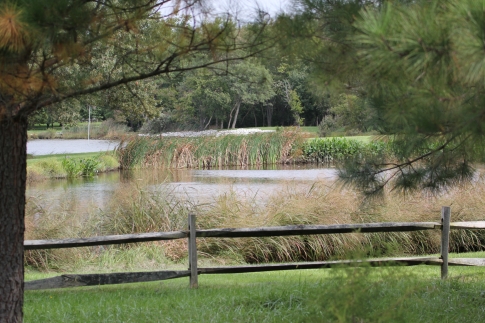

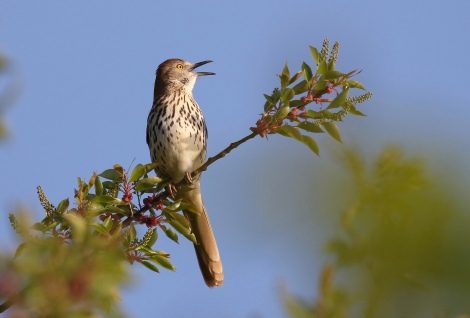


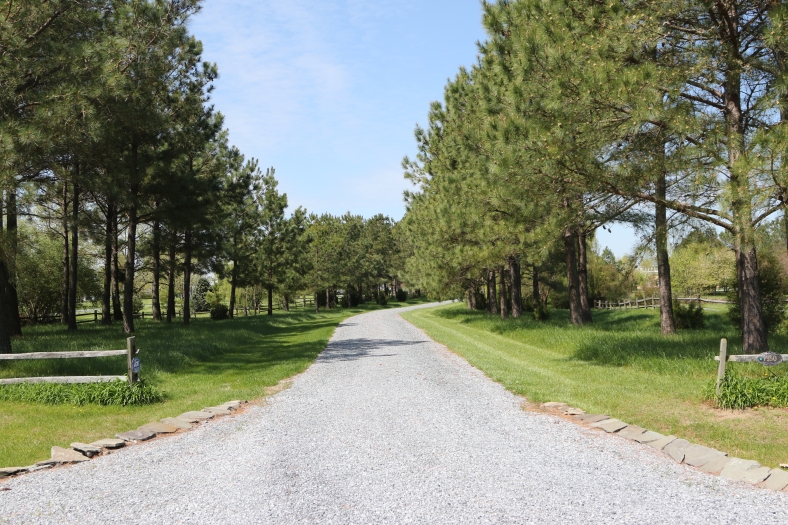

Excellent article and photos!
LikeLiked by 1 person
Thanks for your kind comment.
LikeLiked by 1 person
I have loved reading this article – it echoes with what we have done in our garden over the last twenty years or so. My ‘patch’ is definitely my garden, where I have learned so much about birds by observing them daily. Your ‘before’ and ‘after’ pictures make me wish I had one of our birdless garden when we first arrived.
LikeLiked by 1 person
Thank you. I ran across that “before” shot recently and was rather startled at the change. The improvements are gradual and one tends to forget where you started.
LikeLiked by 1 person
It’s wonderful what you have done to your property. You are providing habitat to so many different species. How many people can watch an osprey feed from their own dining room?! 🙂
LikeLiked by 1 person
We have been fortunate to live here. By developing it we are in a sense giving something back for others to enjoy someday.
LikeLiked by 1 person
Great post and very kind words. Thanks also for the link. Amazing that you have effectively built your own ‘patch’! Bravo!
LikeLiked by 1 person
Thank you. A patch in London and a second in the French Pyrenees–what could be better!
LikeLike
I like this idea of having a birding “patch”. While not as great as having my own personal patch like yours, I live behind a large conservation area that I walk numerous times a week. I’ve only been living here for about 6 months, but I’m already looking forward to next summer when I can re-check familiar locations for birds I saw last year. – Laura
LikeLiked by 1 person
That sounds like a perfect patch for you. There’s no need to wait till summer. I’m sure there’s wintertime birds just waiting to be observed. Good luck and thanks for commenting.
LikeLike
Great post! A daily birdie haven just out your back door is great for the mind, body, and soul!
LikeLiked by 1 person
Amen, and expressed perfectly. Thank you.
LikeLiked by 1 person
Love your bird photos and your huge patch. The neighbor has a nice patch too. You really live on a beautiful property from your images.
LikeLiked by 1 person
Thanks. It offers a variety of habitats in a relatively small space. Its been fun helping it to evolve over the years.
LikeLiked by 1 person
I love the concept of finding one’s own patch. What an incredible transformation of your lot as seen in these before and after pictures :-). Thank you for this very thoughtful post, and such beautiful photos. I especially love the bluebird in the final shot.
LikeLiked by 1 person
Thanks. The patch is always a work in progress, planting, pruning, etc. Will be hard to leave someday, hopefully many years from now.
LikeLiked by 1 person
Lovely article, your local birds sound wonderfully exotic to me, living the UK!
LikeLiked by 1 person
Thank you. I’m heading to London next month and hope to see some your “exotic” birds!
LikeLike